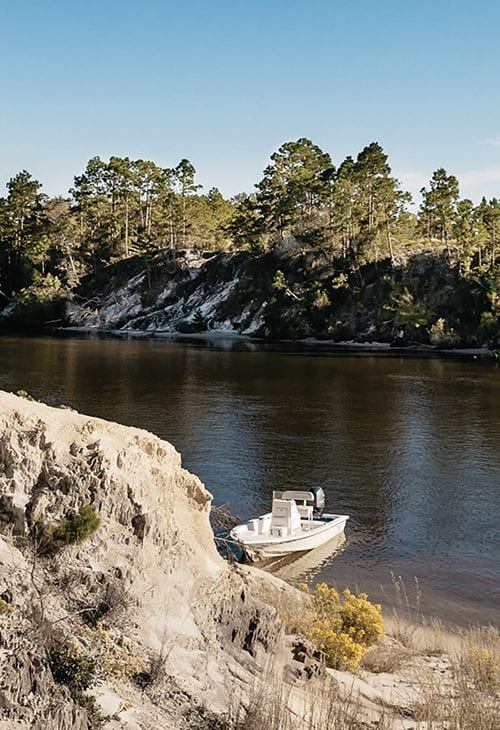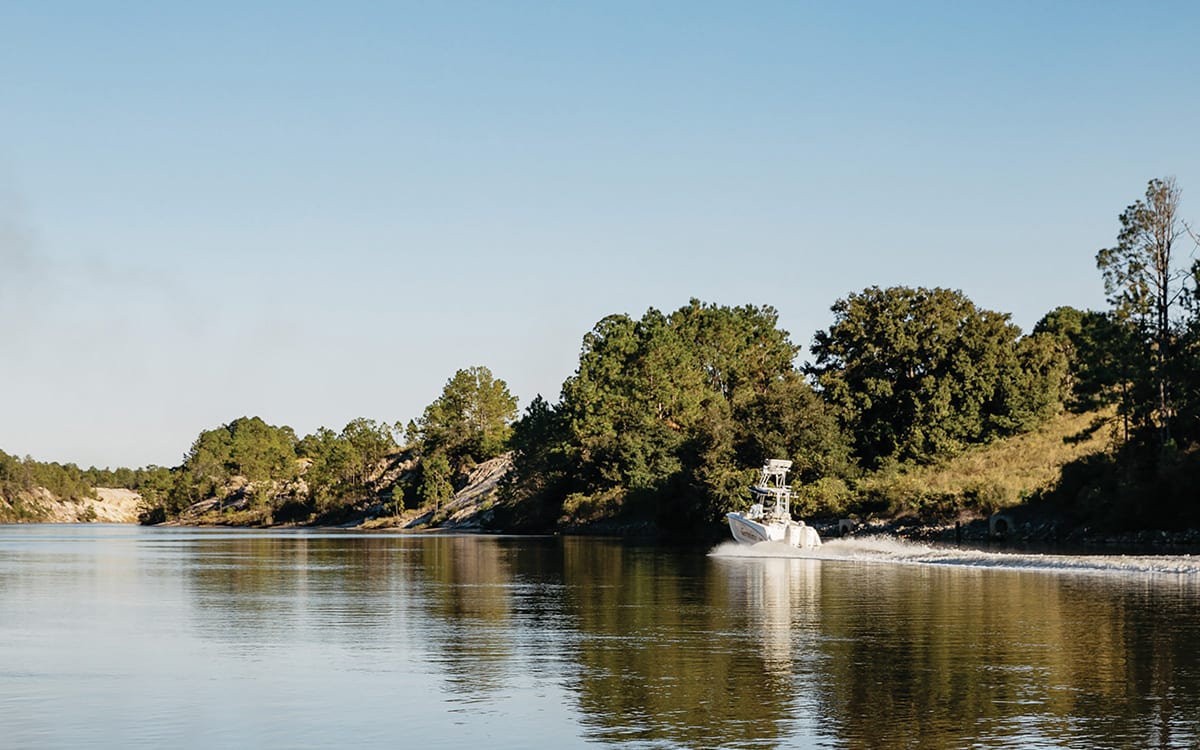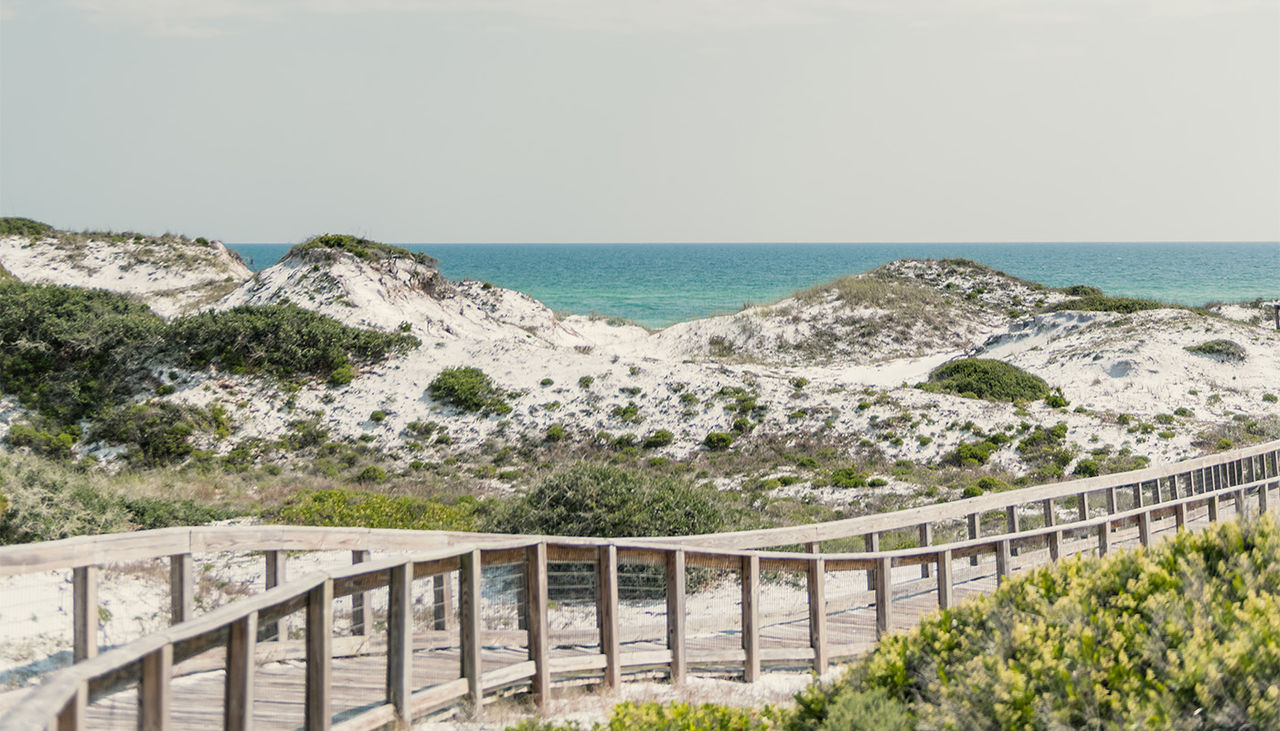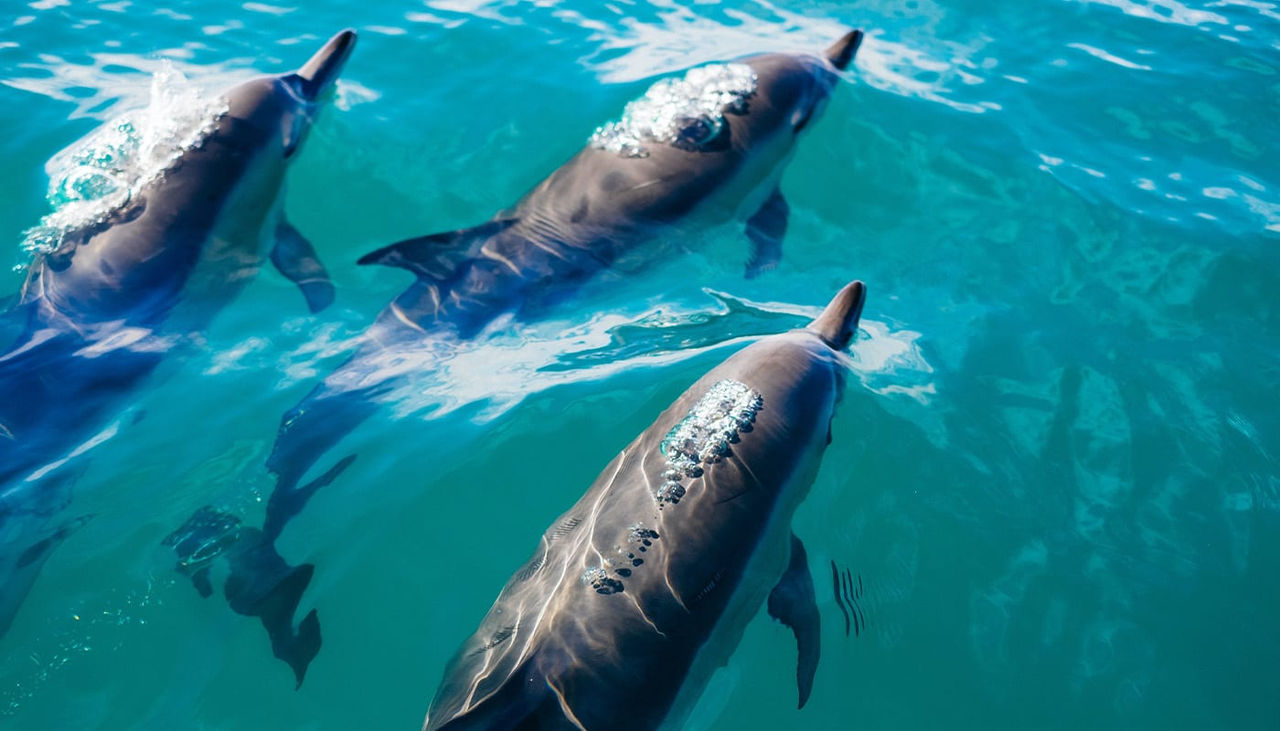CHOCTAWHATCHEE WATERSHED
It’s a watery realm few ever see, a largely untouched network of rivers and
creeks where little has changed over the decades.
The headwaters of the Choctawhatchee watershed begin in southern Alabama
where small streams pick up a cargo of sediment on a journey toward the Gulf of
Mexico. They quickly become a lattice of tributaries that slowly swell and as
they wind their way southward, ultimately forming a delta in the southern-most
reaches.
Near Choctawhatchee Bay, the network of creeks is knitted together by
sloughs, ponds and untouched swampland. Here you can find yellow water lilies,
pickerelweed, arrow grass, bullrush and even wild rice. The seemingly
primordial alligator gar can be seen sunning themselves on the surface of
brackish water while below you’ll find entire populations of gamefish,
including Southern flounder, striped mullet, sturgeon, tarpon and the
occasional bull shark.
The last few miles of the watershed become
increasingly influenced by the tide, alternately swelling and draining the
swamplands with each cycle. The streams also become brackish, with freshwater
species giving way to saltwater species. Finally, the streams and rivers meet
the Bay.
@2x.png)





